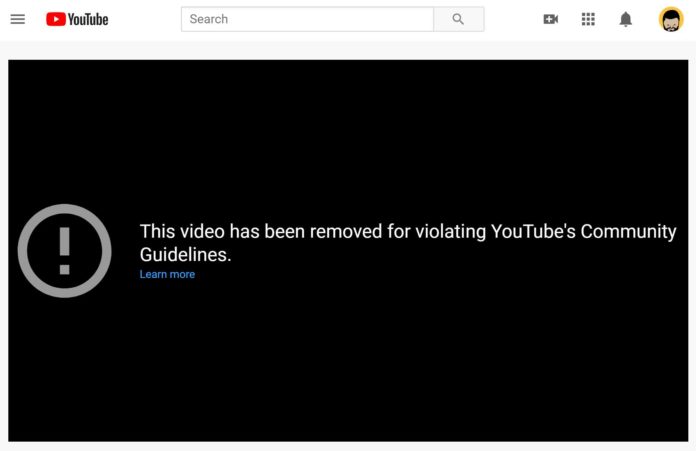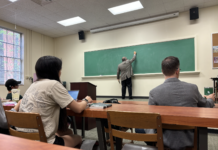
By Matt Kyle | Staff Writer
YouTube announced Wednesday that the site will be cracking down on misinformation by banning misleading content about vaccines.
The company had already been banning misinformation about COVID-19 vaccines through its COVID-19 misinformation policy, but that ban has now extended to misinformation about all vaccines approved by the World Health Organization and local health authorities.
“Working closely with health authorities, we looked to balance our commitment to an open platform with the need to remove egregious harmful content,” YouTube said in a blog post. “We’ve steadily seen false claims about the coronavirus vaccines spill over into misinformation about vaccines in general, and we’re now at a point where it’s more important than ever to expand the work we started with COVID-19 to other vaccines.”
Dr. Mia Moody-Ramirez — chair of Baylor’s Department of Journalism, Public Relations and New Media — said the ban could help people realize the need to have reliable information about vaccines.
“If we’re going to end the pandemic, we need to make sure that people have accurate information,” Moody-Ramirez said. “They need to know the truth about vaccines. If they’re receiving inaccurate information, that can be detrimental. We may be battling this COVID-19 pandemic for years if people buy into some of this information that they’re receiving on YouTube.”
Moody-Ramirez said the problem of misinformation peaks around elections and in periods of time when people become afraid, like the pandemic. She noted the difference between misinformation, which is false or inaccurate content shared regardless of intention, and disinformation, which is false content that is spread deliberately.
“When people are afraid, they tend to turn to news outlets to find information, and people take advantage of it,” Moody-Ramirez said. “If they know that people are going to be seeking out information, then they realize they can make money, and so that’s when they’re going to share this content.”
Moody-Ramirez said in order to ensure that information is reliable, people should always use a diverse range of news sources. She also said to be wary of any agendas or political biases that may be present in a source.
“Watch different news outlets,” Moody-Ramirez said. “Make sure that you’re getting your news from a lot of different sources and not just from one source. If you hear something that doesn’t sound quite right, then you can always go and check it somewhere else. If you’re always getting your messages from the same source, then you may not have any red flags because you’re only getting the same type of message.”
Dr. Marlene Neill, an associate professor of journalism at Baylor, said social media has allowed misinformation to spread more quickly.
“The speed of information and the volume of information that’s out there — it makes it really difficult to get a sense of what’s being shared when there’s information that’s inaccurate,” Neill said.
Neill pointed to a checklist published by the Institute of Public Relations to help people ensure the reliability of sources. She also said to use major news sources and official government sites as well as local government sites and local news to find reliable information.
“It’s important for students to make decisions and be careful about when they’re reading content to be discerning users,” Neill said. “If you don’t know where something came from, do a little bit of research before you share it. Think before you tweet, share or post — so making sure that we’re not contributing to that as citizens.”





